As Cyclone Amphan batters parts of West Bengal, villagers in Bhadrak in Odisha have a déjà vu
Last year, Odisha's Bhadrak was the worst-hit when Cyclone Fani hit the state. Six months later, Cyclone Bulbul left its damaging imprint. With Cyclone Amphan, it’s the same cycle of destruction
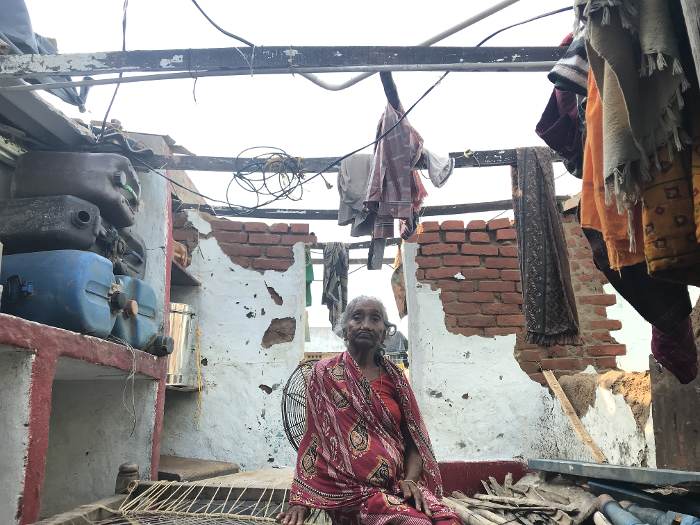
Poorest of the poor lost their belongings during Cyclone Fani last May in Puri, Odisha. Photo: Nidhi Jamwal
As Super Cyclone Amphan, which had weakened to an extremely severe cyclonic storm, made landfall on the West Bengal-Bangladesh coasts on May 20, leaving behind a trail of destruction, 33-year-old Padmalochan Parida of the coastal Bhadrak district in Odisha had a déjà vu. He has been in this situation before. Multiple times. Braving the cyclonic storm he evacuated his home in Sitalpur village an evening before the storm with basic luggage under his arms and keeping his family close as they tugged along to a safe shelter. Winds were blowing hard, trees were flying up in the air and torrential rain was pounding his village.
In 2019, around this time, when Cyclone Fani battered the coastal districts of Odisha, Bhadrak was one of the most affected districts. Six months later, another cyclone, Bulbul, left its damaging imprint on the people of Bhadrak. And now, with Super Cyclone Amphan, it’s the same cycle of destruction and rebuilding.
As early reports pour in, at least 72 people have died due to Amphan in West Bengal alone. Villages have been inundated, highways broken and communication lines snapped. Climate scientists claim global warming and heating of the oceans is causing intense tropical storms.
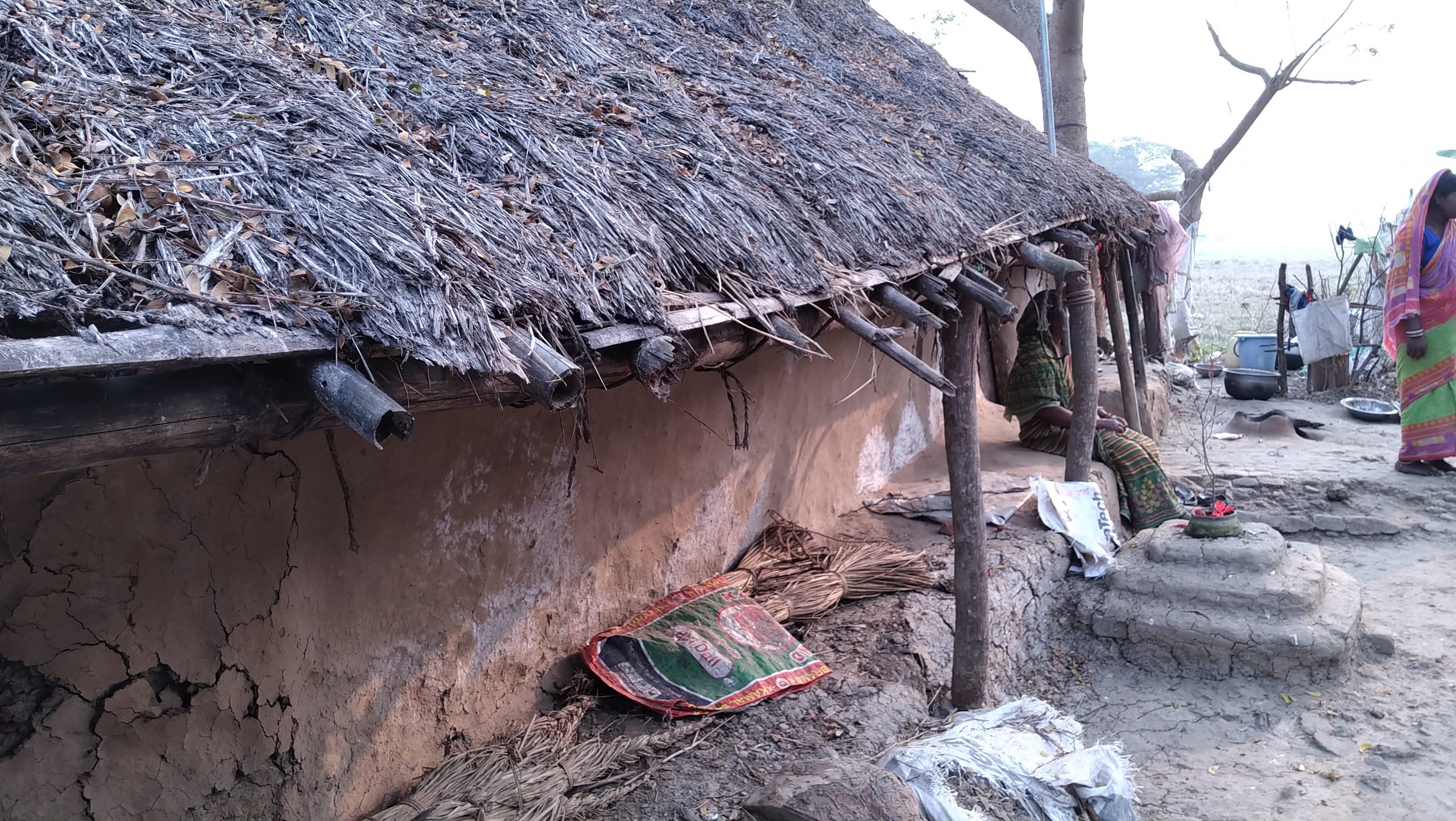
Bhadrak is one of the most climate-vulnerable districts. Local villagers claim natural disasters are on a rise in the last few decades. Anjali Naik of Sitalpur village said till some 10-15 years back, cyclones used to hit her region once every few years. “Maybe once every three-four years we had a strong cyclone. But now the number has reversed. We have a cyclone almost every year. Last year there were two, and now, we had Amphan,” Naik told Gaon Connection.
Distraught over the mounting losses that cyclones and inundation bring to their paddy cultivation every year, three years ago, Naik’s husband migrated to Bengaluru in Karnataka, over 1,500 kilometres away, to work at a factory. Naik now alone tills the five-acre land of her family.
This story is not unique to Naik’s family. Almost every household in Sitalpur has at least one member of the family who has either already migrated, or migrates seasonally, to faraway cities in search of work, as increasing natural disasters are making it extremely difficult to earn a livelihood in the village.
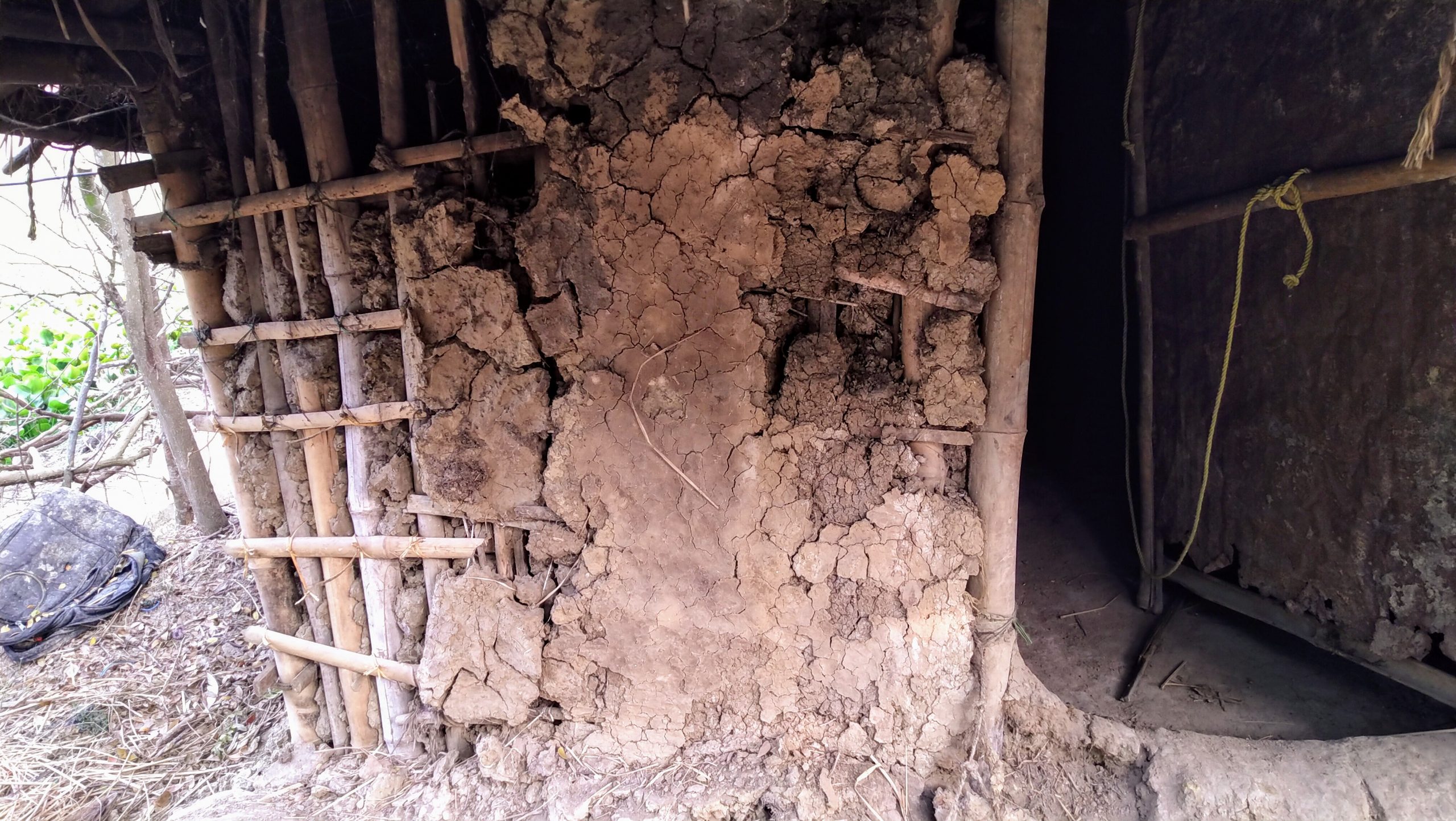
And, the repeated cycle of disaster, destruction and rebuilding is mounting the debts of local villagers.
According to Uma Charan Mohanty, a tropical meteorologist with the Indian Institute of Technology Bhubaneswar, Odisha, between 1891 and 2018, Odisha was hit by about 110 cyclones.
A study by Bishnupriya Sahoo and Prasad K. Bhaskaran of the department of ocean engineering and naval architecture at the Indian Institute of Technology Kharagpur reported the Bay of Bengal basin having the highest number of tropical cyclones, with the frequency almost five times that of the storms in the Arabian Sea. “A possible factor is the funnelling effect caused by the shape of the basin that aids to steer moving cyclones towards that region,” reads the study published in the International Journal of Climatology.

It went on to note that between 1970 and 2012, the state affected by the highest number of cyclones (both pre-monsoon and post-monsoon) is Odisha, which reported 46 cyclones in the past four decades.” In the same period, Andhra Pradesh recorded the second-highest number of cyclones at 36.
The India Meteorological Department (IMD) had forewarned both the West Bengal and Odisha governments about the Super Cyclone Amphan and the possible damages due to it. The Odisha government immediately identified Bhadrak as one of the districts that would face the wrath of Amphan.
“Last year, Fani damaged the thatch roof of my house and I finished repairing it just a few months back. I spent around Rs 5,000 on repairs. And now Amphan has come,” sighed Parida. To save on labour costs, he did most of the work himself, spending mostly on raw materials. Even then, it was a big amount—especially for a farmer like Parida who works on a piece of land taken on lease.
The worries of local villagers and the administration are manifold, as Super Cyclone has hit right when the country is facing one of the worst pandemics — novel coronavirus disease (COVID-19). And, Bhadrak is a COVID-19 hotspot with new cases being reported every day—mostly among migrant workers returning home — and taking the total number of cases to almost a hundred.
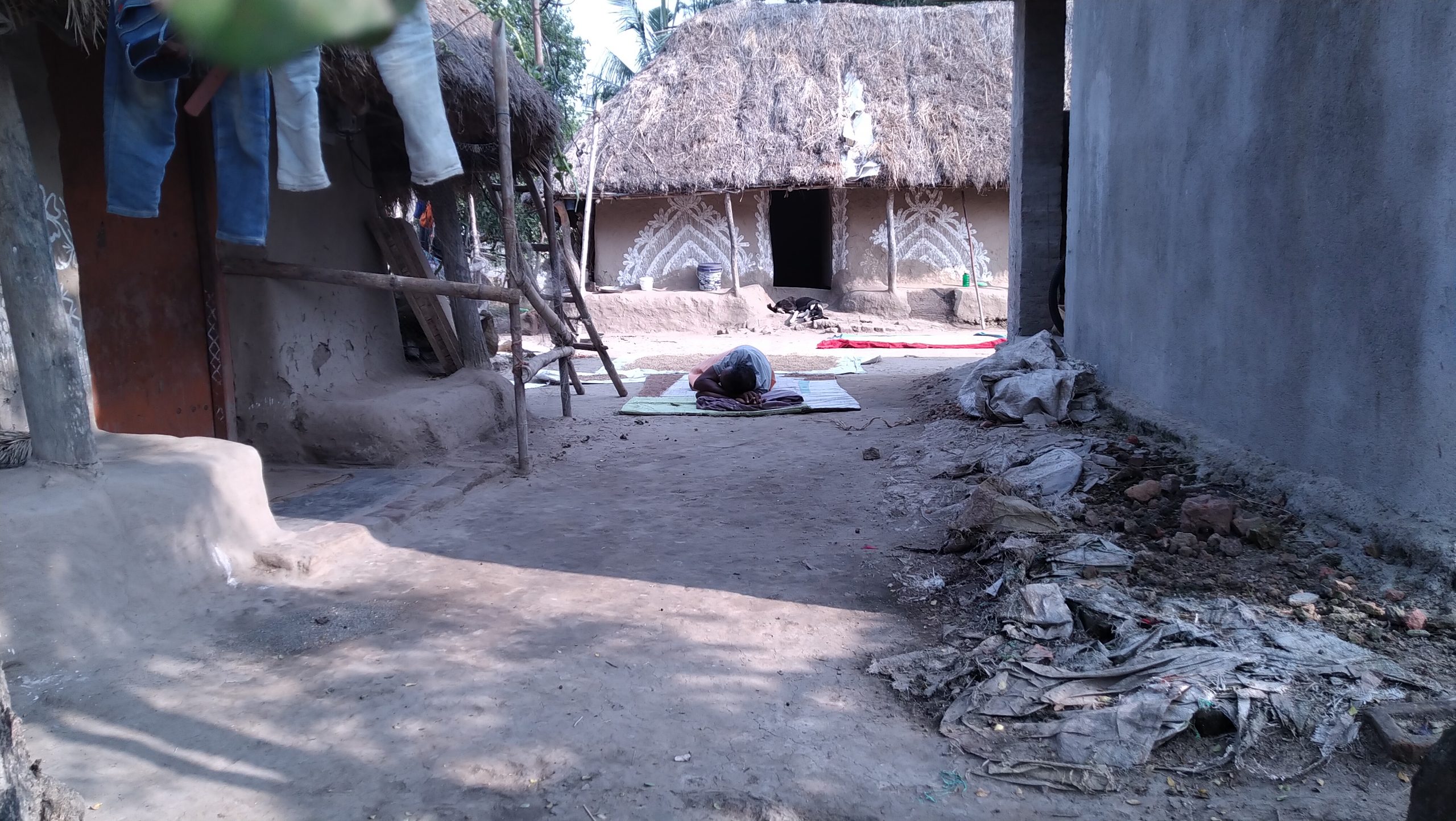
The immediate manifestation of this dual challenge is on the practicality of maintaining physical distancing in the cyclone rescue shelters identified by the administration where thousands have been evacuated. And although the government has assured all precautions would be maintained, the local communities are not willing to take any chance.
Vijay Swain of Neduali village in Bhadrak, for instance, said: “When we came to know of the cyclone, the Village Disaster Management Committee decided that we would ensure there’s no overcrowding in the [government identified] shelters,” Swain told Gaon Connection. “To manage the situation, 10-15 youngsters have been given the responsibility of helping families shift in small groups to neighbours’ houses made of concrete. The rest to cyclone rescue shelters,” he added. Women, children, and the elderly are the first to be evacuated.
To manage Amphan amid COVID-19, Baghanata village in Bhadrak district drew up a similar plan. Ajai Sutar, a villager who recently completed construction of his concrete house, sheltered two families during Amphan. “I suffered huge losses during Cyclone Bulbul last November. The wall of my house had collapsed and the crop in my paddy field was also destroyed,” Sutar told Gaon Connection.
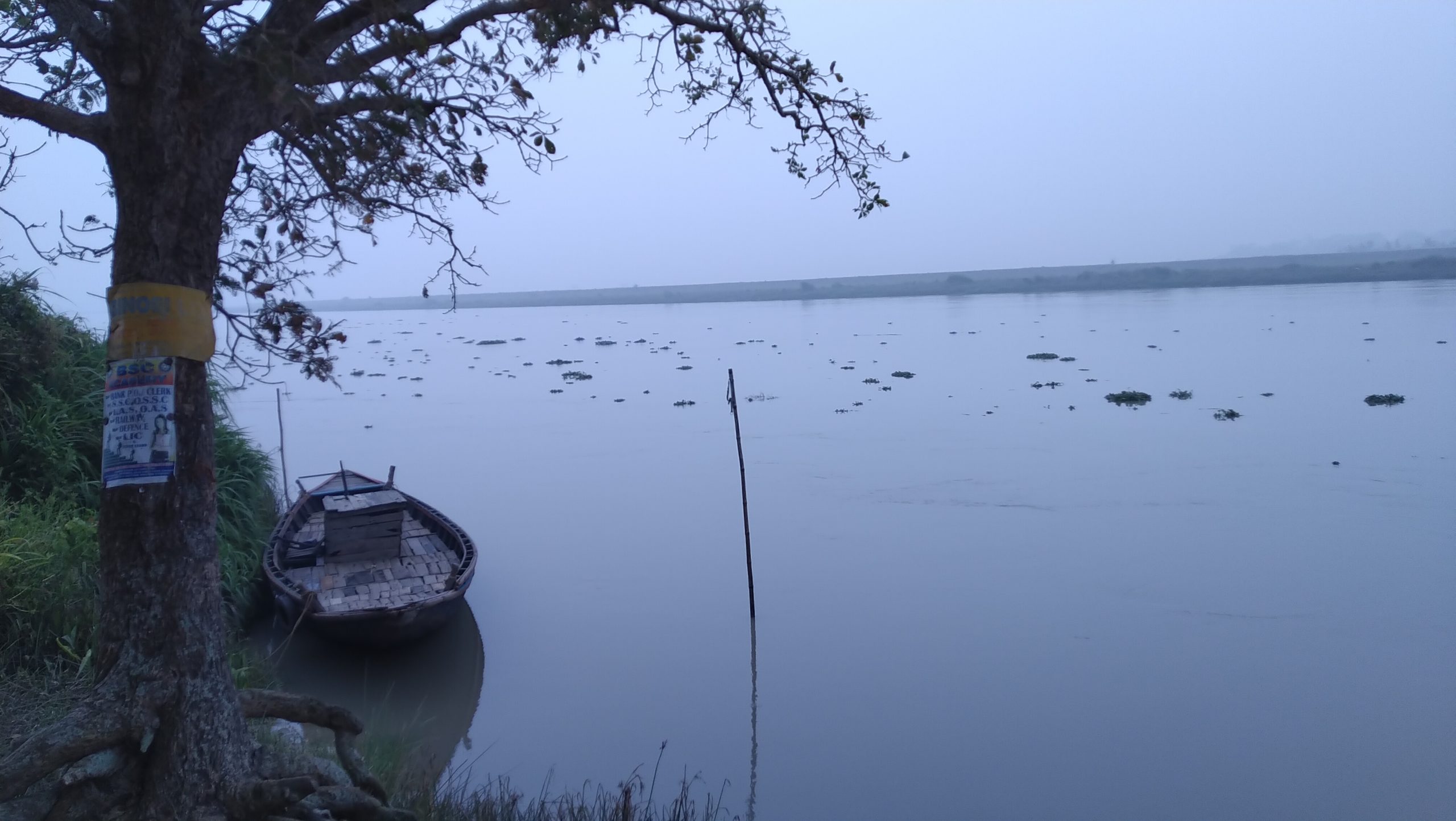
In most villages of this coastal district, a growing number of houses are turning concrete, in a kind of coping mechanism to battle the severe weather events. Not everyone receives government support for such construction, so a large number of people either spend their savings in reconstructing their homes and lives, or take loans from the local moneylenders.
Parida hasn’t been able to build a concrete house yet. So, when Amphan struck, he shifted to a relative’s concrete house along with his family. “In any case, one cannot stay here during the floods and cyclones as the Salandi river is too close,” he said.
Parida also said that the cyclone rescue shelter closest to them had been turned into a quarantine centre for suspected cases of COVID-19.
“About 15 of the 40 cyclone rescue centres in Bhadrak district had been converted into quarantine centres,” said Purna Mohanty of WaterAid India, “But when the Amphan cyclone warning was issued, the government identified other buildings, like schools and panchayat offices to use as safe shelters,” he added.
“This is also the time people start ploughing and preparing their land for paddy cultivation,” said Debabrat Dash of a local non-profit, Pragati Jubok Sangha. “Cyclone Amphan will push back the cultivation time and risking it with impending floods.”

